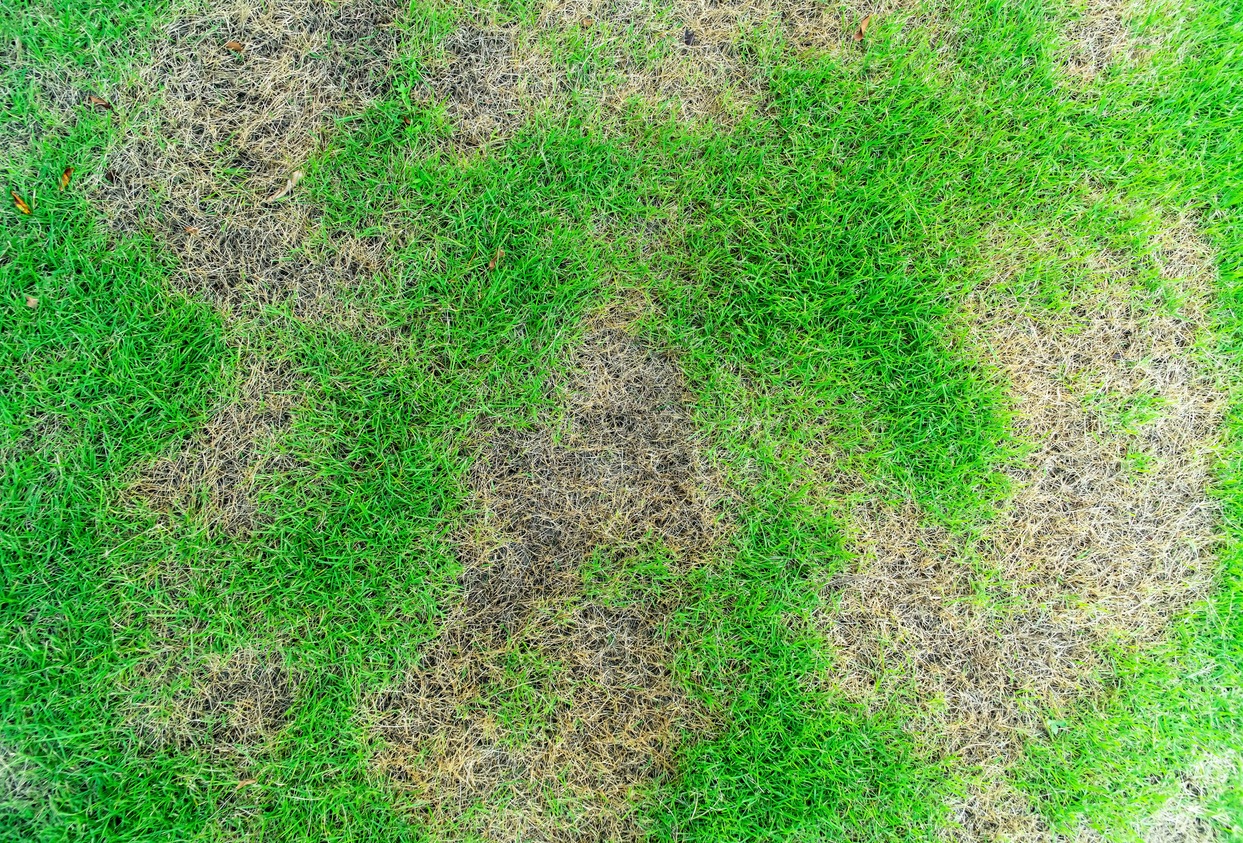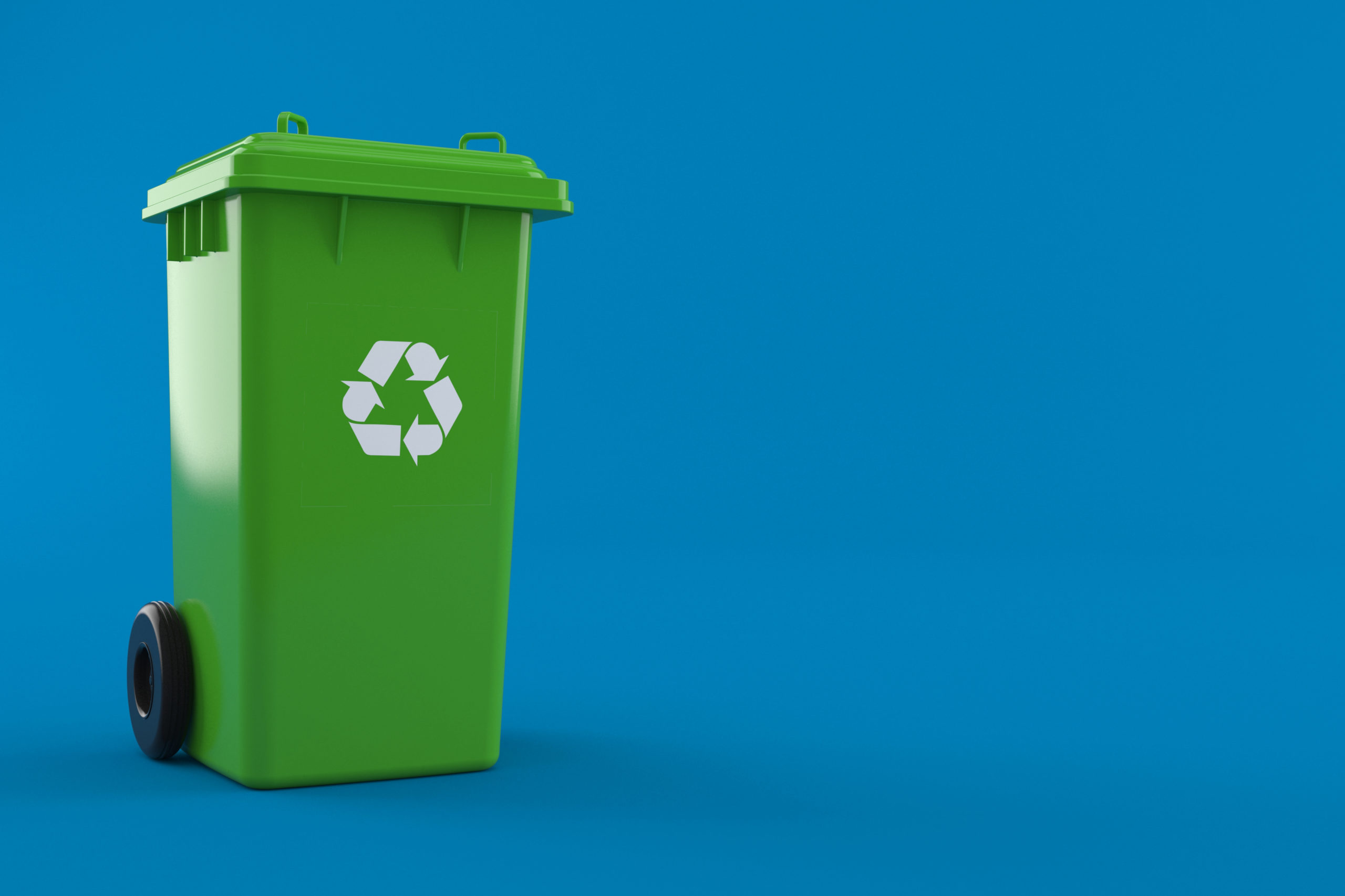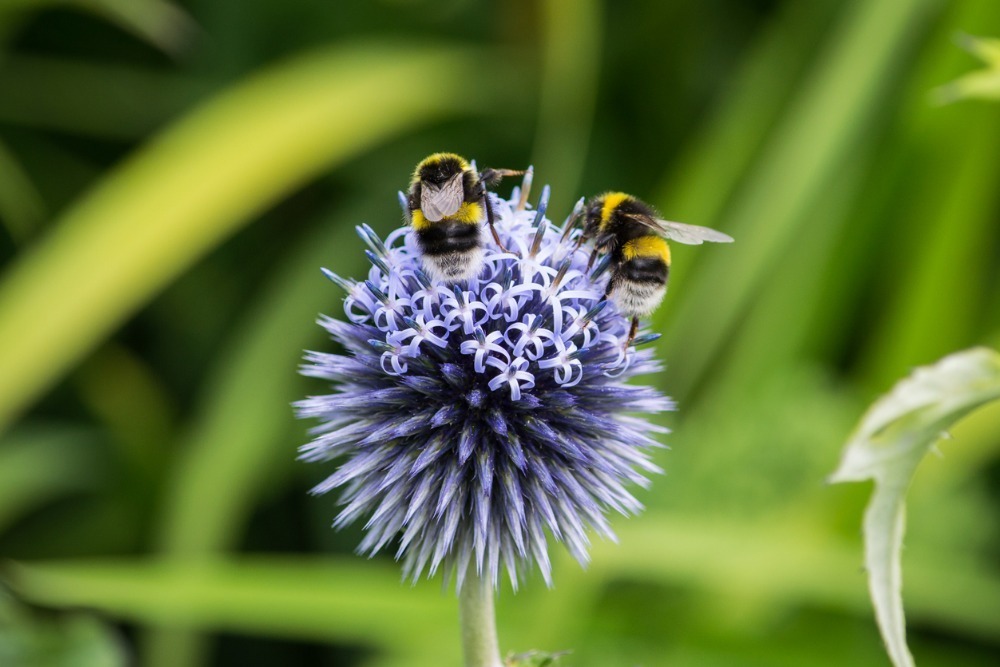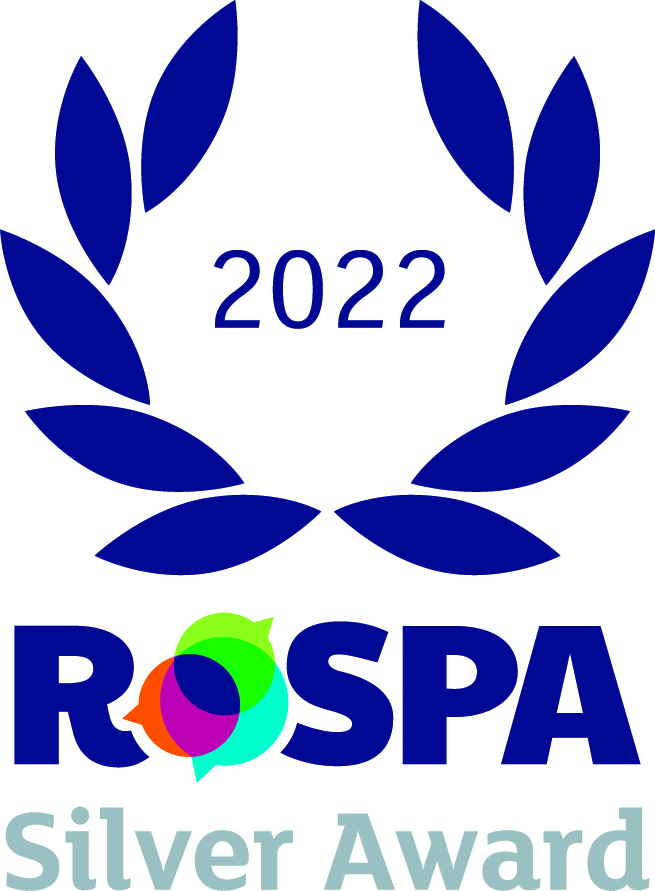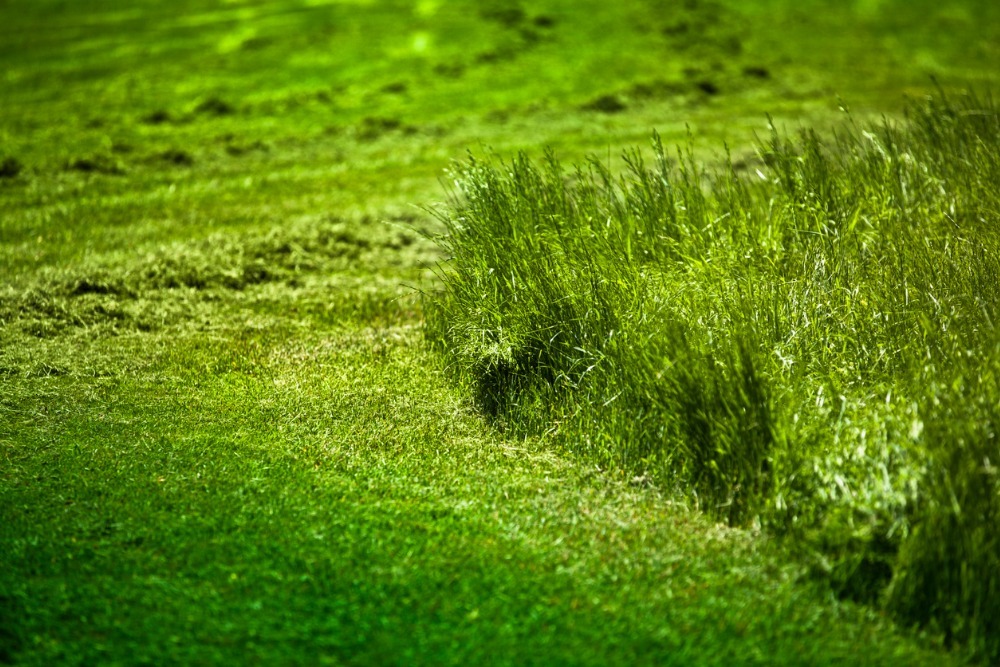
Many people believe that grass cuttings are bad news. A common misconception is that grass clippings left on a lawn will leave to a thatch buildup, which damages grass. In fact, grass cuttings can naturally fertilise your lawn between routine fertilisation treatments!
Why are grass cuttings good for lawns?
Simply put, they provide free lawn food. The most important thing you can do to keep your lawn looking healthy is to feed it regularly, and grass clippings contain the same beneficial nutrients as lawn food, just in a smaller amount. When you leave your clippings on your lawn, you give them the chance to decompose which releases water and nutrients back into your lawn’s soil. In doing this, your lawn will grow greener, healthier and thicker.
Myth-busting: thatch buildup
Thatch is a layer of dead plant life that naturally builds up on the surface of your lawn’s soil. When thatch gets too thick, it can prevent proper airflow and will cut your grass off from essential nutrients. Thatch problems can cause the grass to become thin, yellow and die.
Although grass clippings are a form of dead plant life, thatch is mainly made up of roots and stems.
Grass clippings in compost
If you would rather not leave grass clippings on your lawn, they can go into your compost bin. Grass clippings serve as the ‘green’ component in compost and work together with the ‘brown’ components such as fallen leaves. Freshly-cut grass blades are mainly water, which is why a big pile of them deposited into a compost bin will break down so quickly. In the process of breaking down, the grass cuttings will heat up your compost pile, which in turn helps all other components to decompose more quickly.


